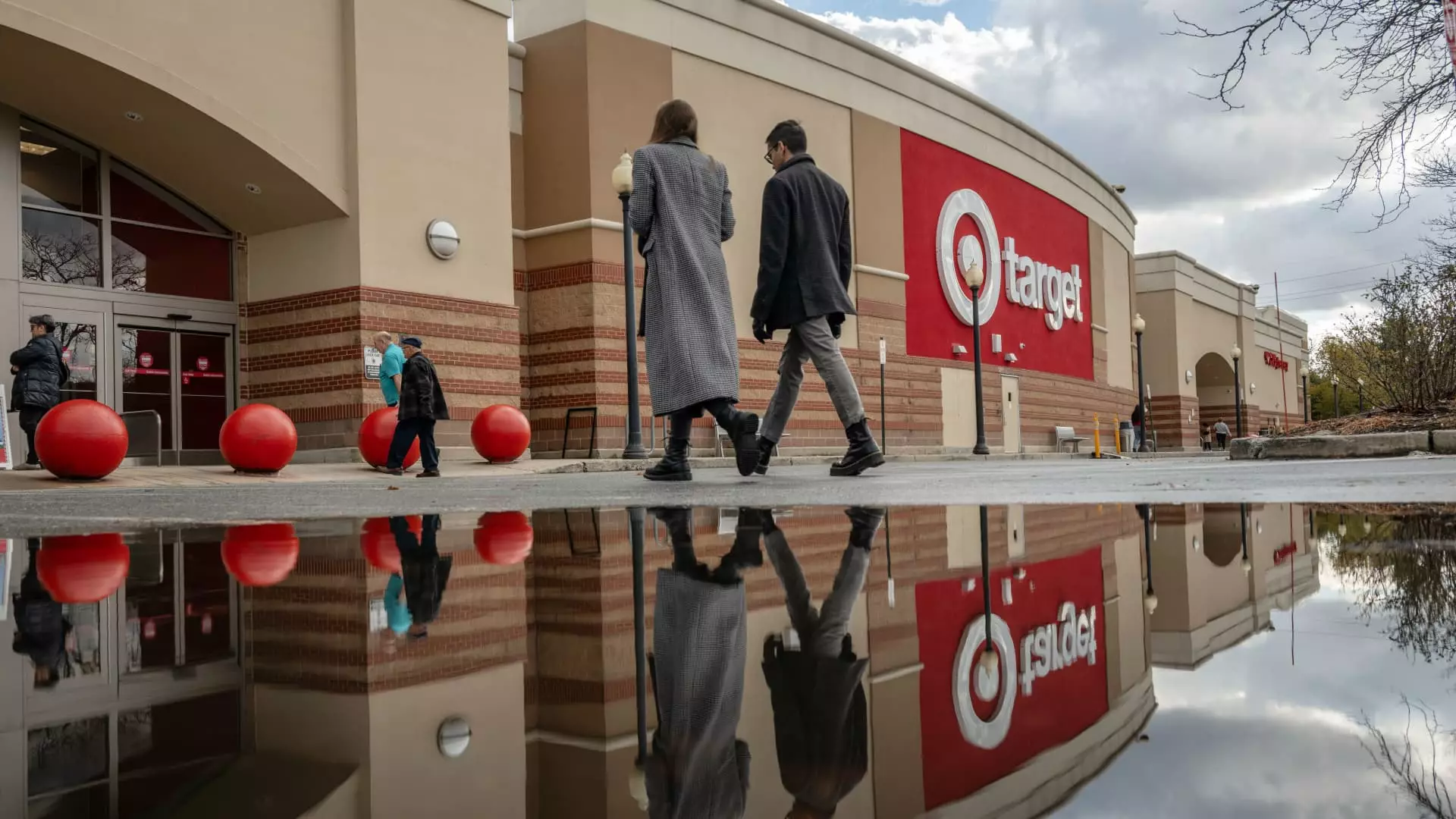The holiday shopping season offers a sparkling opportunity for retailers to capture the attention of consumers eager to spend on the latest gifts, festive attire, and seasonal treats. However, as this year’s holiday season approaches, the retail landscape appears markedly uneven, with certain brands thriving while others falter. Economic conditions, shifting consumer behaviors, and varied sales strategies have created a significant divide among retailers, raising questions about what determines success or struggle in this crucial period.
Recent earnings reports have highlighted a stark contrast in the performance of iconic retailers. While companies like Walmart, Dick’s Sporting Goods, and Abercrombie & Fitch report impressive sales figures, traditional giants like Target and Kohl’s face disappointing results. This divergence has interesting implications as early holiday promotions fall flat for the latter group, underscoring their struggles to capture consumer interest.
Neil Saunders, managing director of GlobalData Retail, offers insights into this consumer behavior transformation. He points out that while shoppers remain willing to spend, they are increasingly selective with their purchases, frequently opting to buy fewer, higher-quality items instead of engaging in more frivolous spending. “Where do I not go to buy things? Who am I going to cut out?” he notes, emphasizing how consumers may choose to forgo shopping at retailers perceived as underperforming. Consequently, those who fail to resonate with customers risk being excluded from their seasonal spending.
Despite the challenges, optimism prevails in some quarters. The National Retail Federation forecasts moderate growth in holiday spending, estimating an increase of 2.5% to 3.5% for November and December compared to the previous year. However, this anticipated growth is considerably less than the 3.9% increase witnessed during the preceding holiday season. Retailers are bracing themselves for a tighter market as inflation, despite showing signs of easing, continues to pressurize consumers’ budgets.
Diverse projections are being made for the holiday quarter as companies adjust their strategies. Dick’s Sporting Goods and Abercrombie have raised their full-year forecasts, reflecting enthusiasm for a robust shopping season ahead. Abercrombie’s Chief Operating Officer, Scott Lipesky, indicated a strong early reception to their holiday assortment, creating a positive sentiment. In contrast, retailers like Nordstrom have taken a more cautious approach, acknowledging slower shopping trends as October waned.
Walmart has experienced a significant turnaround, buoyed by a rise in general merchandise sales after a prolonged decline. The big-box retailer’s success stems from a dual approach: strategic price reductions and a broader online marketplace that allows for greater selection. According to Walmart’s CFO, consumers are exhibiting caution but positive spending habits.
Meanwhile, Target and Kohl’s find themselves in tighter circumstances. Kohl’s, for instance, is grappling with a downward sales forecast and a leadership shake-up. Target, feeling the strain, forecasts flat comparable sales, although the company is attempting to revitalize interest through exclusive themed merchandise and price cuts. Target’s strategy to enhance product offerings with items linked to Universal’s “Wicked” and Taylor Swift releases aims to draw in customers, but it remains to be seen if this will effectively sway fickle consumers.
Saunders underscores a fundamental shift in consumer preferences towards practical gifts over novelty items. As experiences and value-driven purchases take precedence, retailers selling primarily non-essential items are likely to face steeper challenges this holiday season. The inclination to purchase gifts that serve a functional purpose represents a critical insight for retailers seeking to align their inventories with customer desires for relevant and meaningful purchases.
On top of this, the miscalculation of inventory could spell trouble for some retailers this season. Assessing the balance of stock can prove precarious; those retailers laden with surplus or misaligned inventory may find themselves stuck with unsold goods post-holiday. Insights from industry experts suggest that retailers need to be proactive in adapting to changing consumer whims to avoid excess and sharp markdowns.
As the holiday shopping season unfolds, retailers must grapple with varying degrees of success, shaped by a complex interplay of consumer behavior, economic conditions, and strategic responses to competition. Increasingly, value perception, quality, and relevance of products will dictate shopping patterns, urging retailers to adapt swiftly to evolving consumer sentiments.
In a market where stability is fleeting, the focus remains not just on enticing buyers but on understanding their desires and constraints. The challenge lies in transforming holiday cheer into profitable sales, where only those who adjust to the shifting tides will thrive amid economic uncertainties. The holiday season may well be a litmus test for the retail sector, laying the groundwork for future strategies in year-round consumer engagement.

